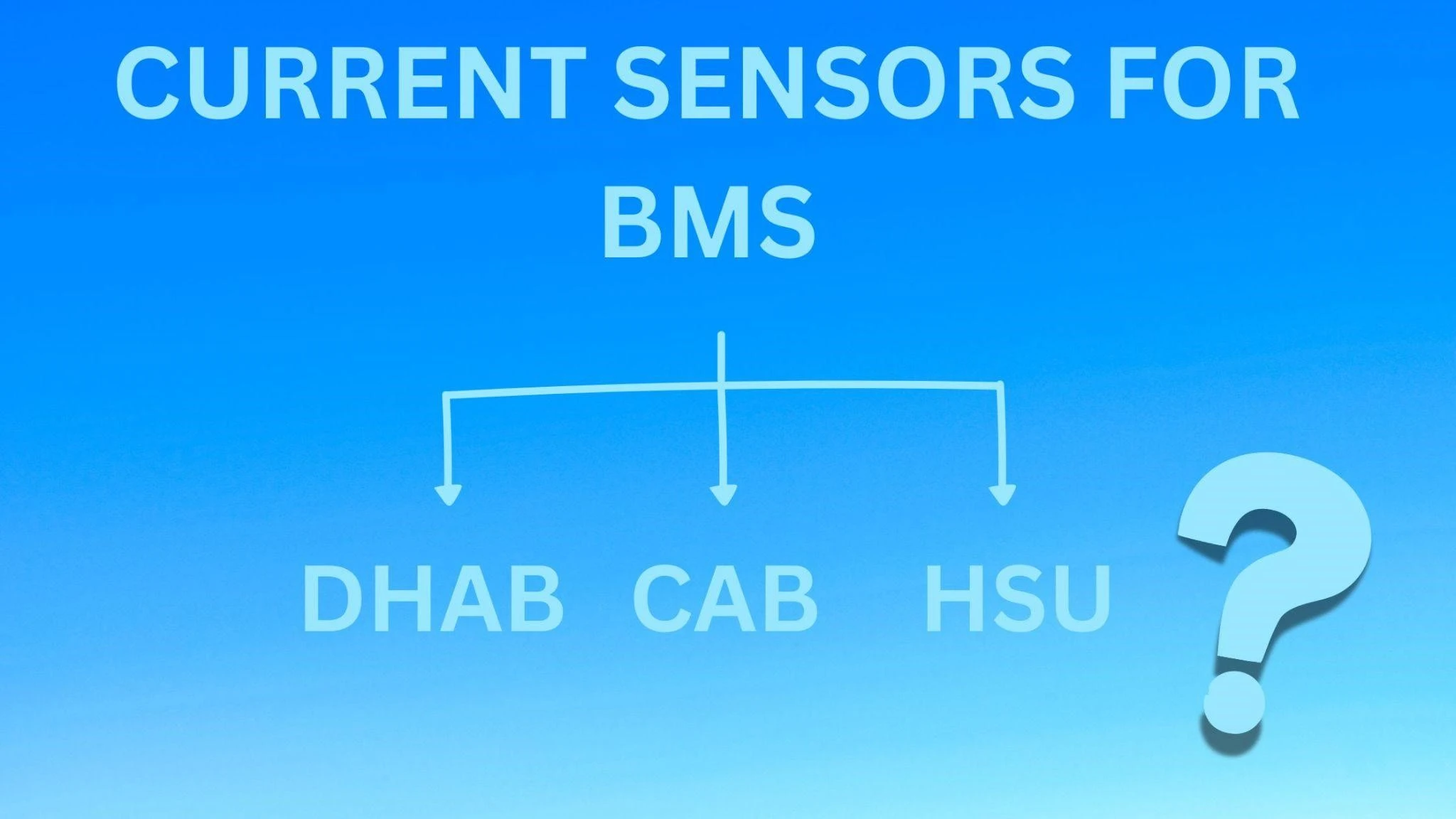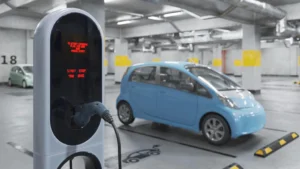When you’re designing a Battery Management System (BMS), choosing the right current sensor isn’t just about specs — it’s about performance, integration, and safety across the full battery lifecycle.
At Globetek, we work with electric vehicle OEMs, Tier 1s, and energy storage innovators across India. And when it comes to current sensing in BMS design, the most common questions we hear are:
- How much accuracy do I need for SOC and SOH estimation?
- What’s the difference between LEM Hall effect sensors and fluxgate current sensors?
- How can I ensure my system meets safety certifications like ISO 26262?
When you’re designing a Battery Management System (BMS), selecting the right LEM current sensor isn’t just about datasheets — it’s about choosing the right tool to manage performance, safety, and accuracy for your electric vehicle, hybrid, or energy storage system.
Here’s a quick framework to help you choose the right model — whether you’re building an EV, hybrid, or a DC power monitoring application.
What does a current sensor do inside a BMS?
A current sensor enables your BMS to:
- Monitor charging and discharging in real time
- Estimate State of Charge (SOC) and State of Health (SOH) accurately
- Detect overcurrent faults instantly
- Balance cells using bidirectional current data
- Comply with safety standards through redundancy and diagnostics
Decision Framework for choosing the right sensor
Different use cases call for different sensor specs — and that’s where smart selection comes in.
How to use this table:
No more overcharging or wasted top-offs. You’ll always hit the SoC sweet spot.
Use the table below to match your project’s primary requirement — from electric traction to power monitoring — with the best-fit sensor series. You’ll see real examples, key specs, and why each sensor works best for that role.
| Use Case / Application | Sensor Series | Example Model | Technology | Current Range | Output Type | Why This Sensor | Certifications / Notes |
| Real-time charge/discharge in EVs | CAB-SF | CAB-SF 1500-C | Fluxgate | ±1500 A | CAN (Configurable) | High-accuracy sensor for EV traction; built-in diagnostics and ASIL C ready | ASIL C, ISO 26262, CISPR 25, 2.5 kV isolation |
| SOC / SOH estimation in any battery system | CAB / DHAB | CAB-SF 500-C / DHAB S/34 | Fluxgate / Dual Core Hall | ±500–900 A | CAN / Analog | Very low offset (CAB); dual-range flexibility (DHAB) for mixed-load systems | ASIL B / Automotive-grade |
| Fault protection and shutdowns (Hybrids / EVs) | CAB-SF / HSU | CAB-SF 500-C / HSU 2000 | Fluxgate / Hybrid (Hall + Shunt) | ±500–2000 A | CAN / Analog | Fast response, dual-path redundancy, functional safety support | ISO 26262, ASIL B |
| Bidirectional current sensing for cell balancing | HSU / DHAB | HSU 1500 / DHAB S/36 | Hybrid / Hall | ±900–1500 A | Analog | Bi-directional sensing for charge/discharge control in packs with regen or load shifts | ASIL B compliant |
| Power monitoring in chargers / ESS / DC systems | DHAB | DHAB S/34 | Hall-effect (Open Loop) | ±900 A peak (dual-range) | Analog (Ratiometric) | Cost-effective, easy to mount, flexible for infrastructure & ESS | RoHS, IP20, Automotive-grade |
In short, if you’re building:
- An electric car or 2W EV → Use CAB-SF 1500-C
- A battery pack with cell balancing → Try HSU 1500 or DHAB S/36
- A DC fast charger or power bank → DHAB S/34 is a reliable, affordable choice
- A hybrid or regen-heavy vehicle → Go with HSU 2000
- Need redundancy or safety compliance → Choose dual-channel models like CAB-SF 1500-C or HSU 2000
Notes:
- CAB-SF 1500-C offers ±0.5% total accuracy, CAN communication, integrated diagnostics, and is designed for EV traction and BMS systems.
- HSU 2000 is a hybrid sensor combining Hall-effect and shunt-based sensing with redundant outputs. It supports functional safety use cases.
- DHAB S/34 is often used in industrial and automotive power electronics. It offers dual range sensing and analog output for easy system integration.
How to narrow it down
Use-case first, not sensor-first
Start with your system requirements, then back into the sensor:
- Is it a high-voltage EV pack? → You’ll likely need CAN output, high accuracy, and ASIL-rated performance.
- Do you have cell-level balancing? → Go for a bidirectional sensor like HSU or DHAB.
- Need backup safety paths? → Use a dual-channel model like CAB-SF 1500-C or HSU 2000.
Know your integration needs
- Need a quick install? → Choose busbar-mountable sensors (DHAB, HSU)
- Want a compact PCB layout? → Look at SMD options like GO or HMSR (for lower current ranges)
- Using CAN-based architecture? → CAB-SF series is plug-and-play with configurable baud rates
Check certification and compliance
All the sensors listed above are tested for:
- Automotive EMI (CISPR 25)
- Temperature –40 °C to +125 °C
- ISO 26262 Functional Safety (ASIL B or C)
This saves valuable time in homologation and validation cycles.
Why work with Globetek?
As the official distribution partner for LEM in India, Globetek combines global-grade sensors with local support and service.
- Fast fulfillment from Indian inventory
- Application engineering and CAN integration support
- Samples and shortlist recommendations for your design team
Current sensors aren’t just measurement tools — they’re critical for safety, performance, and lifetime battery health.
From e-scooters to electric trucks, we’ve helped teams across India scale safer and smarter.
Final thoughts
A current sensor isn’t just another component in your system. It’s the piece that connects your battery to your logic — helping your vehicle predict range, avoid failure, and meet the safety bar your customers expect.
If you’re unsure which sensor fits your BMS, we’re happy to help. From initial sizing to supply chain support, we’re with you at every step.
Also read: How current sensors reduce electric consumption of EVs →
Or get in touch with our team to receive a custom shortlist based on your voltage, current, and integration needs.





